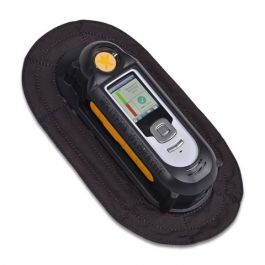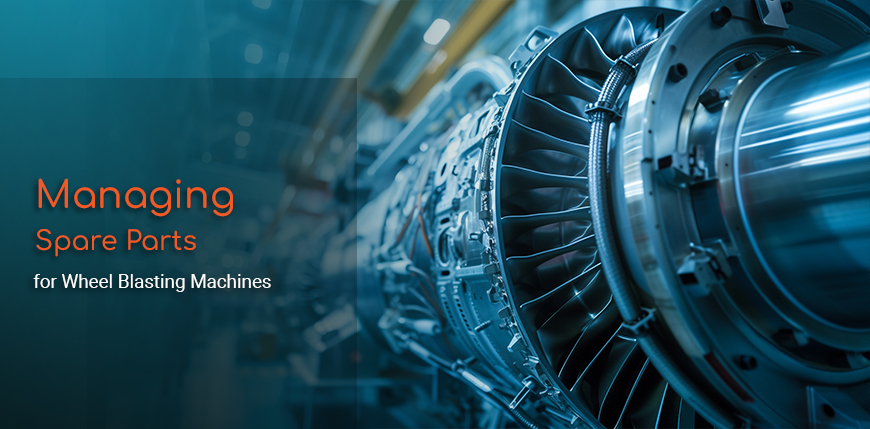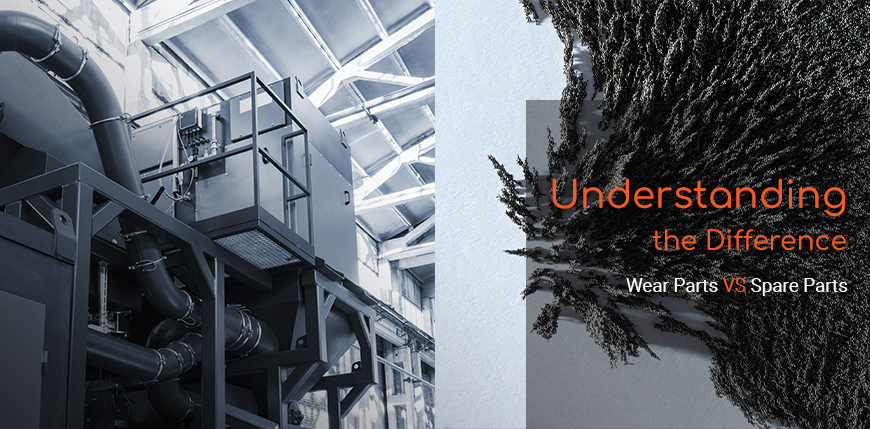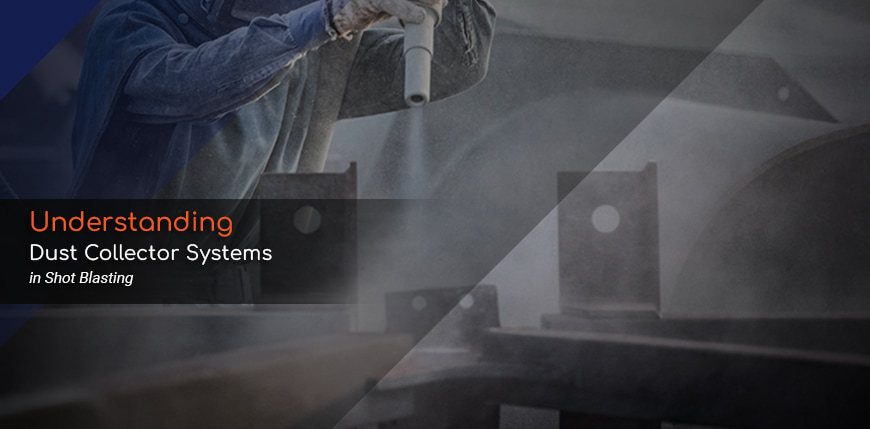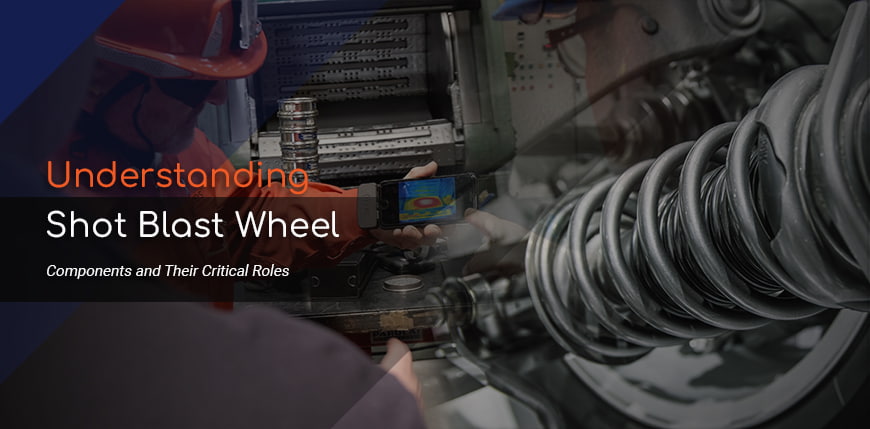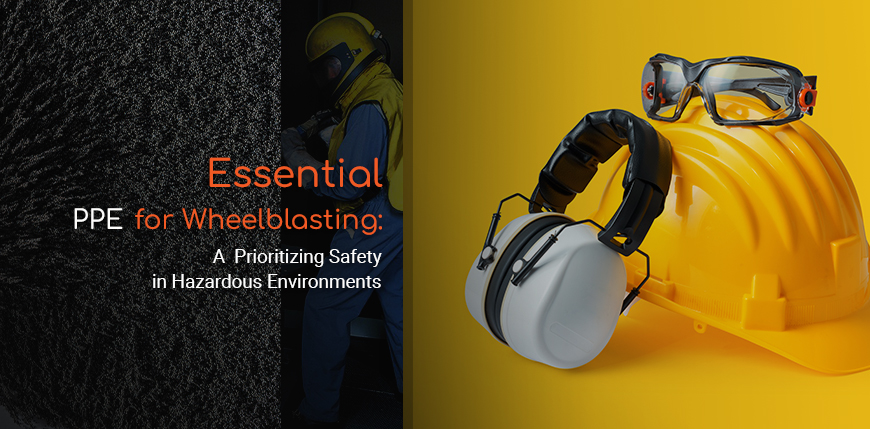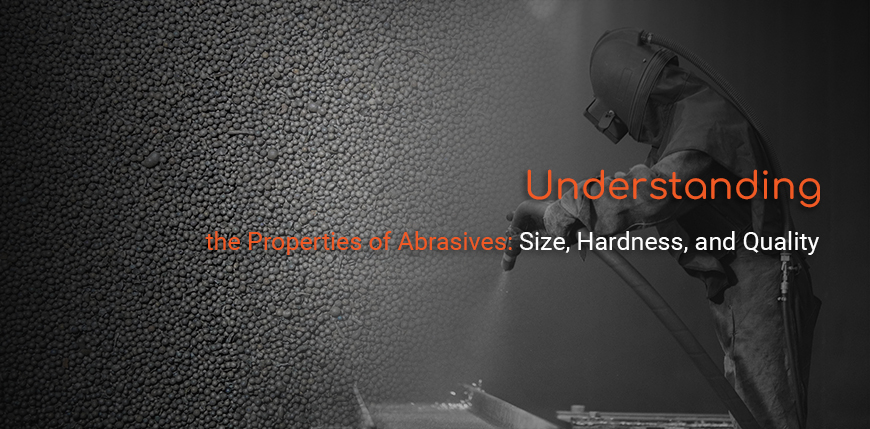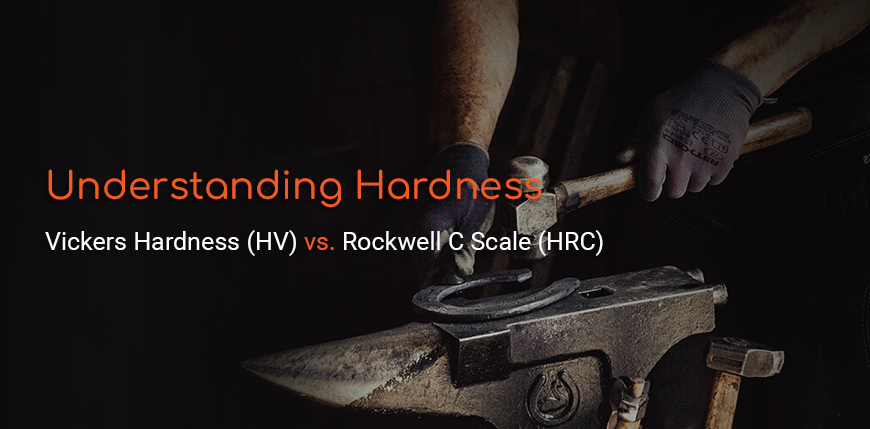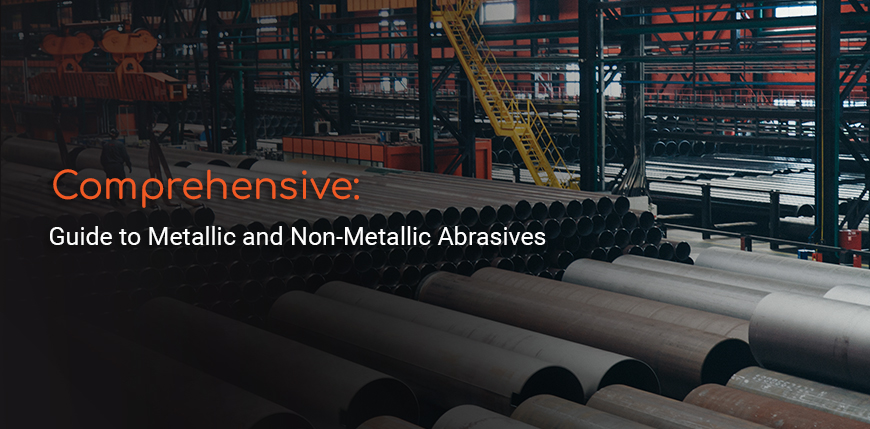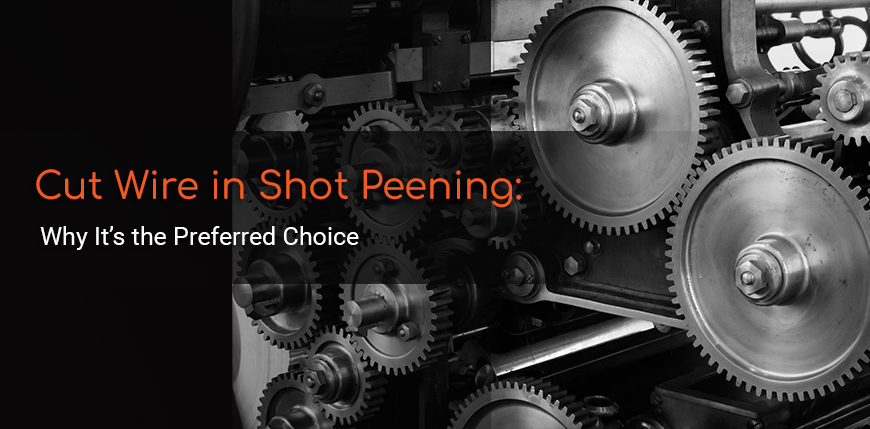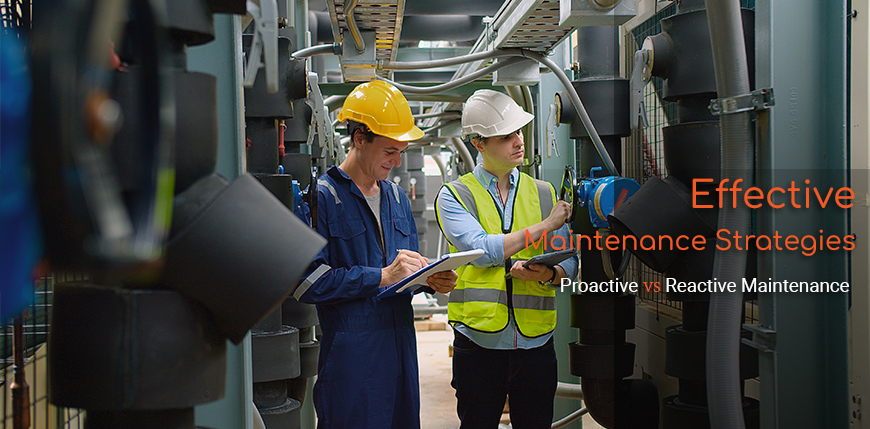
A well-maintained machine not only extends the equipment’s lifespan but also enhances the quality of the surface preparation process. However, the approach to maintenance can significantly impact these outcomes. In this article, we’ll explore the differences between proactive and reactive maintenance strategies, the tools available to support these approaches, and how to implement them effectively to keep your wheel blasting machines in top condition.
Understanding Proactive vs. Reactive Maintenance
Proactive maintenance involves regularly scheduled checks and timely interventions to prevent machine failures before they occur. This approach is centered around maintaining the machine's components, especially the wear parts, at optimal levels to avoid unexpected breakdowns and ensure continuous operation.
On the other hand, reactive maintenance is a strategy where repairs and part replacements are carried out only after a machine has already failed or shown signs of serious wear. While this approach might seem cost-effective in the short term, it often leads to more significant issues down the line, including unplanned downtime, higher repair costs, and even safety risks.
The Benefits of Proactive Maintenance
1. Prevention of Unexpected Downtime:
One of the most significant advantages of proactive maintenance is the prevention of unexpected machine downtime. By regularly inspecting and maintaining wear parts like blades, control cages, and impellers, you can address issues before they lead to machine failure, ensuring that your operations remain uninterrupted.
2. Enhanced Machine Performance:
Regular maintenance helps keep all components functioning optimally, which directly impacts the quality of the blasting process. For example, ensuring that blades are replaced before they wear out completely maintains the correct abrasive flow and direction, leading to consistent and high-quality surface preparation.
3. Cost Savings:
leads to more serious issues. Additionally, tools like the WA Clean system can measure the cleanliness and uniformity of the blasted surfaces, helping to identify potential problems in the blasting process.
4. Documentation and Tracking:
Keep detailed records of all maintenance activities, including part replacements and machine calibrations. This documentation helps track the machine’s performance over time and identifies patterns that could indicate emerging issues.
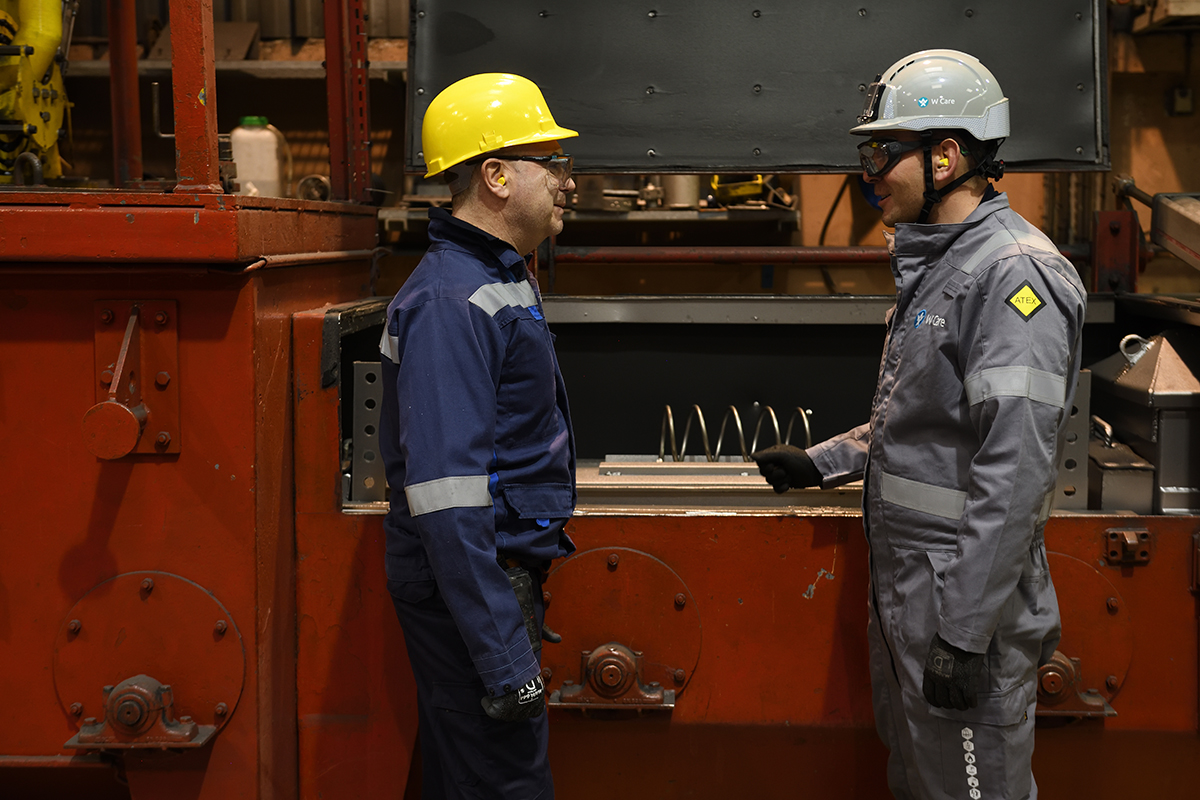

The Drawbacks of Reactive Maintenance
1. Increased Repair Costs:
Reactive maintenance often leads to higher repair costs because issues are only addressed after they have caused significant damage. For example, if a worn impeller is not replaced in time, it could lead to excessive wear on the blades, necessitating a complete overhaul of the turbine assembly.
2. Unplanned Downtime:
Machines that are not proactively maintained are more likely to break down unexpectedly, leading to unplanned downtime. This not only disrupts production schedules but also incurs additional costs in lost productivity and emergency repairs.
3. Shortened Equipment Lifespan:
Consistently relying on reactive maintenance can shorten the overall lifespan of the machine. Frequent breakdowns and the associated strain on machine components can accelerate wear and tear, leading to the need for more frequent replacements or even early decommissioning of the equipment.
4. Safety Risks:
Operating machines with worn or damaged parts increases the risk of accidents. Reactive maintenance, which only addresses problems after they occur, can lead to unsafe working conditions and potential harm to operators.
Implementing Proactive Maintenance Strategies
To effectively implement proactive maintenance, it is crucial to establish a regular inspection and maintenance schedule. Here’s how to get started:
1. Weekly Inspections:
Schedule weekly inspections of critical wear parts, such as blades, control cages, and impellers. During these inspections, check for signs of wear and tear, such as thinning blades or worn control cages. Replace parts that show significant wear to maintain optimal machine performance.
2. Use of Diagnostic Tools:
Incorporate diagnostic tools like thermal cameras to monitor the direction and intensity of the abrasive stream. This helps detect any misalignment caused by worn blades or control cages before it leads to more serious issues. Additionally, tools like the WA Clean system can measure the cleanliness and uniformity of the blasted surfaces, helping to identify potential problems in the blasting process.
3. Regular Calibration:
Ensure that all machine settings, including the speed of projection and the quantity of abrasive media used, are regularly calibrated. This helps maintain the efficiency of the blasting process and prevents unnecessary wear on the machine components.
4. Documentation and Tracking:
Keep detailed records of all maintenance activities, including part replacements and machine calibrations. This documentation helps track the machine’s performance over time and identifies patterns that could indicate emerging issues.
Tools to Support Proactive Maintenance
Several tools can assist in implementing an effective proactive maintenance strategy:
1. Thermal Cameras:
Thermal cameras can be used to monitor the heat distribution within the machine, which helps in identifying areas where wear parts might be underperforming or misaligned.
2. WA Clean System:
This system measures the cleanliness and uniformity of surfaces after blasting, providing valuable feedback on the effectiveness of the machine's operation and indicating when maintenance might be required.
3. Sieve Kits:
Sieve kits allow you to measure the granulometric distribution of the operating mix, helping to identify any deviations that could affect the blasting quality and indicating when adjustments to the machine settings are necessary.
Conclusion and Expert Guidance
By regularly inspecting wear parts, utilizing diagnostic tools, and maintaining proper documentation, you can prevent unexpected breakdowns and ensure that your machines operate at peak performance. While reactive maintenance might seem more straightforward, it often leads to higher costs, safety risks, and reduced machine lifespan. A proactive approach, supported by expert guidance and the right tools, is the key to successful machine maintenance.
For further insights and tailored maintenance strategies, consulting with industry experts can help you refine your approach and ensure that your machines deliver the best possible performance.



